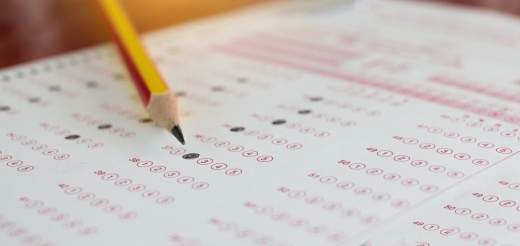State of Texas Assessments of Academic Readiness results from the spring 2021 administration released June 28 show Friendswood ISD students displayed less significant reading and math performance gaps than state averages between 2019 and 2021.
Texas officials said the pandemic had significant effects on students, which led to a noticeable decline in STAAR performance. There were two key takeaways officials gave at a June 28 press conference: STAAR math scores fared significantly worse than reading in 2021, and in-person students and districts performed much better than remote students and districts.
“The performance decline is noticeable,” Texas Education Agency Commissioner Mike Morath said.
Testing did not take place in 2020 due to COVID-19. From 2019 to 2021, there were either minimal increases or slight decreases in the percentage of FISD secondary students who did not meet expectations in U.S. History, English I and English II; for biology and algebra, 4%-5% more students did not meet expectations this spring than in 2019.
State average results in 2021 showed a 4% decrease in students reading at or above grade level and a 15% decline in students doing math at or above grade level from 2019. The decrease was not as significant in reading and math for younger students taking STAAR at FISD as compared to eighth-graders taking the exams.
Statewide STAAR participation was about 87% in 2021 compared to 96% in a normal year, according to Morath. The 2020-21 school year was full of unexpected turns for teachers and students, and the effects of coronavirus on “what school means and what school is” are far-reaching, Morath said.
During the press conference, he emphasized the importance of local educators and parents developing action plans to support student literacy and numeracy moving forward. Data from the TEA shows the smallest performance declines were in districts where 76%-100% of students were learning in the traditional classroom setting as opposed to virtually. As of mid-March, more than 95% of FISD students were learning in-person, Community Impact Newspaper previously reported.
“What we know now with certainty is that the decision in Texas to prioritize in-person instruction was critical,” Morath said.
FISD officials did not respond to requests for comment at the time of publication. This story will be updated if new information becomes available.
See more of the preliminary results data at http://txreports.emetric.net.
Danica Lloyd and Matt Stephens contributed to this report.





